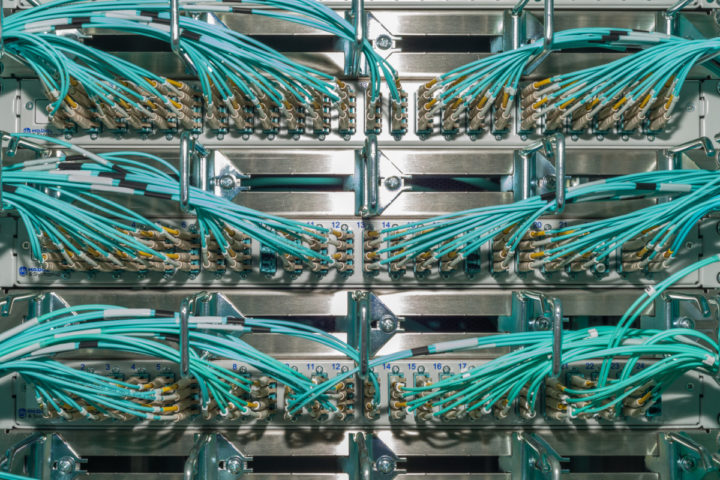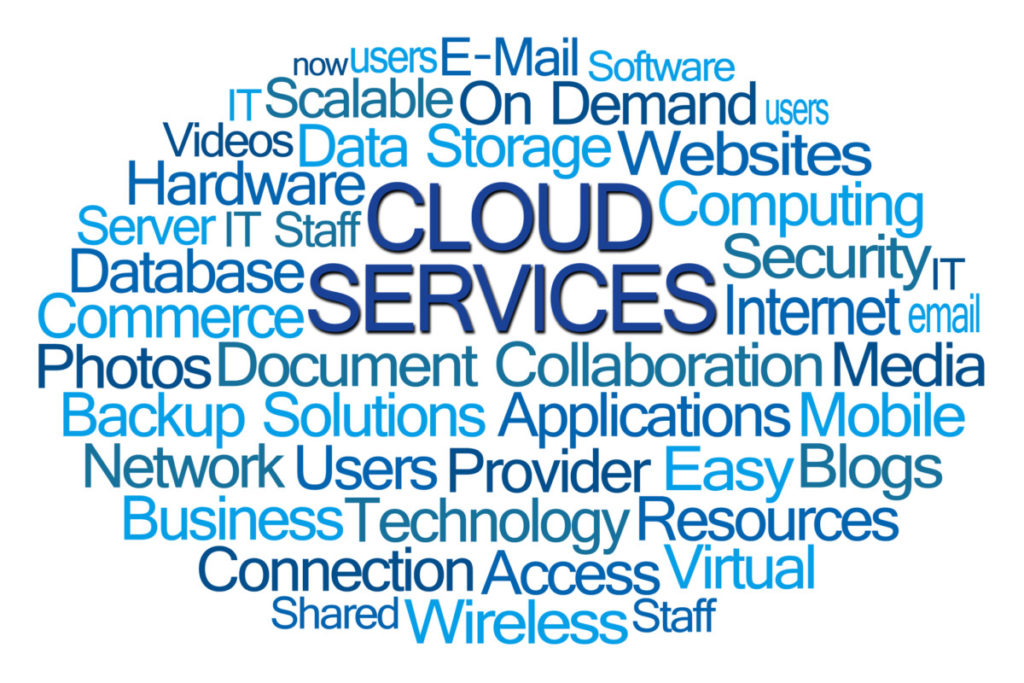How often do we hear about cloud services and programs lately? – Constantly. This is a trend, this is a fashion, everyone is talking about it. Everyone talks, but few people understand, and even worse, that they understand, as a rule, something of their own.
Literally all channels of information are permeated with advertising of cloud technologies. The marketing bombardment of the word “cloud” by the giants of the computer industry has been actively going on for almost a decade, and only the lazy one has not heard about the clouds.
However, with all the huge advertising budgets, few people managed to clearly convey to the consumer what these clouds are. We will try to insert our five cents and explain on our fingers what all these SaaS, PaaS and other abbreviations from the transcendental world mean.

In a nutshell, the cloud is a black box IT rental service. Rent can be very different: a program, service, workplace, computing power can be transferred to you for use. . . the main common feature will be that you will not know how it is arranged inside. That’s the whole point of clouds. Perhaps the word “fog” would be more appropriate in this context, but here it is how it happened historically. To classify cloud services, you should know that any modern software solution is a pie. Some of the above layers in simpler solutions can be omitted, but in general it looks like this:
Site (Data center, building with communications where servers are located) Real hardware (Servers themselves, network equipment, other equipment) Virtual hardware (Emulation of virtual servers on real hardware) Software platform (Operating system, or additional programs in it) Application solution (the program or service itself)
From the structure of this pie, all possible types of leases arise, which, under various sauces, they try to call clouds:
Site rental
Such services, as a rule, are provided by companies – owners of data centers.

The service for hosting your server, which you bring to the data center and put in a rack of servers, is called Colocation (server placement). This is the lowest level and most transparent way of IT lease. They brought their iron, set it. From the landlord – to bring electricity and the Internet, monitor the premises. Due to the clarity of the scheme, this type of lease is usually not classified as a cloud.
Iron rental
Services are usually sold by the same companies that sell colocation. They rent you a pre-purchased server for personal use. The service is called Dedicated (dedicated server). The service is also clear and understandable and rarely appears in the list of cloud technologies. Also, in relation to this service, you can often hear such a term as “Hosting”. In fact, hosting is the same rent. Someone calls this word the rent of iron, someone – the rent of programs bundled with iron. You have to look at the situation.
Rent virtual machines
The invention of “Virtual Machines” was one of the most important factors behind the cloud hype. The task of rational use of computer power has not left IT specialists since the creation of computer technology. And you can really understand them: there is a computer with 4 processors, and only 2 are needed for all installed programs to work.

It would be nice to turn it into two simpler computers, or make 3 out of 2, or 158 small computers out of 20 huge servers.
This is how the idea of a virtual machine was born – a virtual copy of a computer that repeats real hardware in all its software features, but in fact it is only emulated inside the real one. And then programmers learned to “share” such virtual machines between real servers. And now 3 virtual computers are working on 2 real servers at the same time and it is impossible to say with certainty that the virtual machine is located on a specific iron server at a given time. Virtual machines are “smeared” over the hardware connected to a computer network. Here is the cloud. Your computer is in the cloud: it is everywhere and nowhere at the same time. Virtual machines are actively rented out.

The pioneer in the mass provision of this service was Amazon with its EC2 (Elastic Cloud) service. In fact, Amazon rents out these very virtual machines, and very successfully. A couple of years ago, when a flood occurred in one of the company’s data centers, up to 3 services on the Internet suddenly stopped working.
Even in this context, you can often hear the abbreviation IaaS (Infrastructure-as-a-Service). It is understood that you are rented out a set of the same virtual machines networked, which you then manage yourself.

You can also hear terms such as VDS / VPS (Virtual Dedicated Server / Virtual Private Server). The terms are synonymous and mean that you will be rented a virtual machine dedicated specifically for you.
Software platform rental
A rather specific service, most often featured in the list of cloud technologies, as PaaS (Platform as a Service), since our company is mainly engaged in 1C products, let’s give an example.
Program rental
The use of this cloud technology occurs everywhere at the household level. Any program or site you open in your browser is a cloud service.

They call it a fashionable set of letters SaaS (Software as a Service). Your mail, favorite social network, news site – all these are cloud services. We all have been living in the cloud for a long time, without noticing it ourselves. Millions of people use a huge number of free cloud services every day, but as you know, free cheese is only in a mousetrap.



